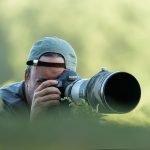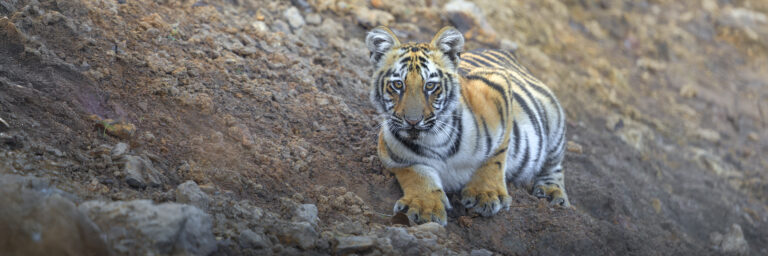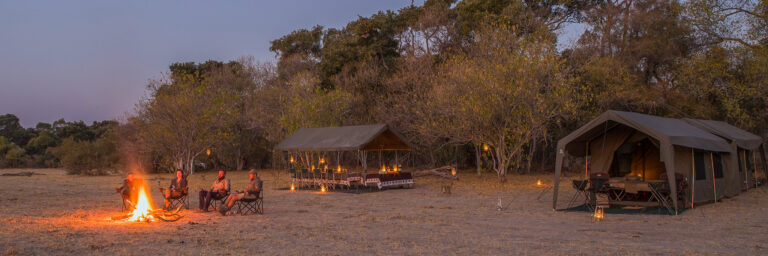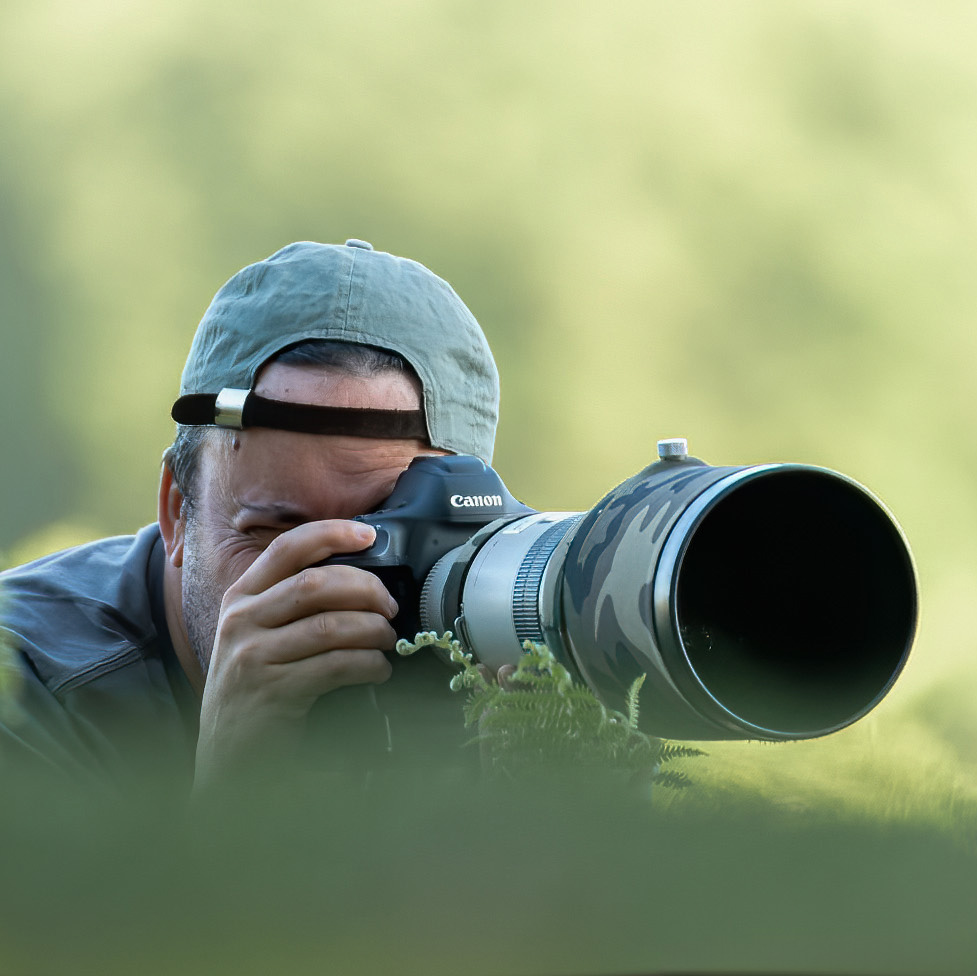Where It All Began: My African Photography Journey
There are few things in life as humbling and exhilarating as photographing Africa. For me, it’s more than just a destination — it’s home. I was born in South Africa and cut my teeth as a photographer in the very landscapes I now guide others through. I learnt my craft under the African sun, in conditions that were often harsh, unpredictable, and wildly beautiful — surrounded by some of the world’s most iconic wildlife. These early experiences shaped not only the way I shoot, but the way I see. Africa taught me patience, instinct, and reverence — lessons that no textbook or studio could ever replicate.
Each time I return, I’m reminded that this continent doesn’t just challenge you as a photographer — it changes you. Whether it’s the low rumble of a distant lion at dawn or the sudden explosion of a lilac-breasted roller from a bush, Africa teaches you to stay ready, to stay present, and to never assume you’ve seen it all.
Why do I love Africa so much? … let me explain:
The Light That Breathes
If you’ve ever photographed a golden-hour elephant kicking up dust as the sun sinks behind the horizon, you’ll know what I mean when I say: the light in Africa is alive. It moves, it sculpts, it glows. And it changes quickly.
I’ve learned to treat light like a subject in its own right. Mornings are often soft and pastel, perfect for more intimate portraits. Evenings? Dramatic, bold, and emotional. You have to be ready for either — and you have to move fast. The window is short, but when it opens, it’s magic.
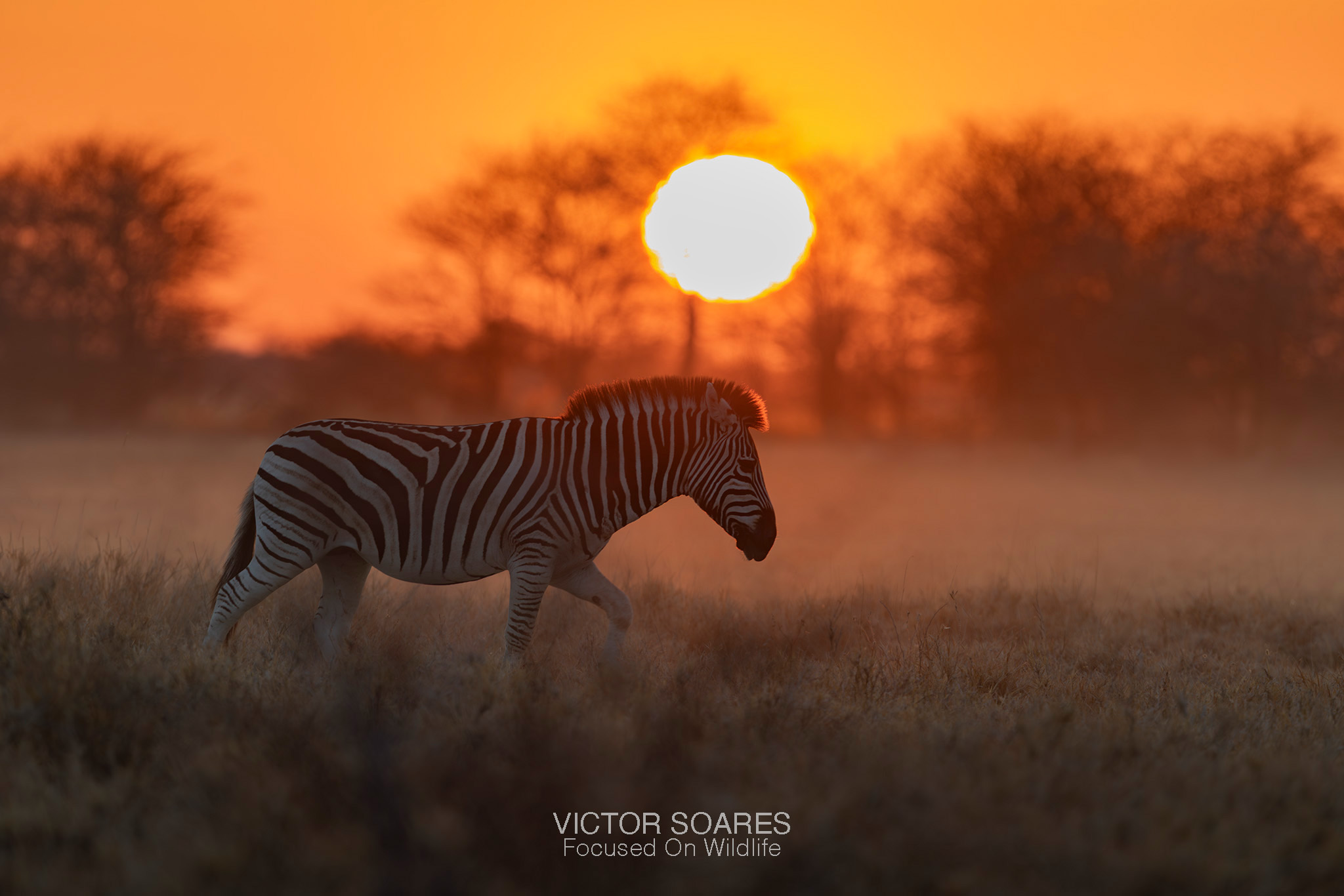
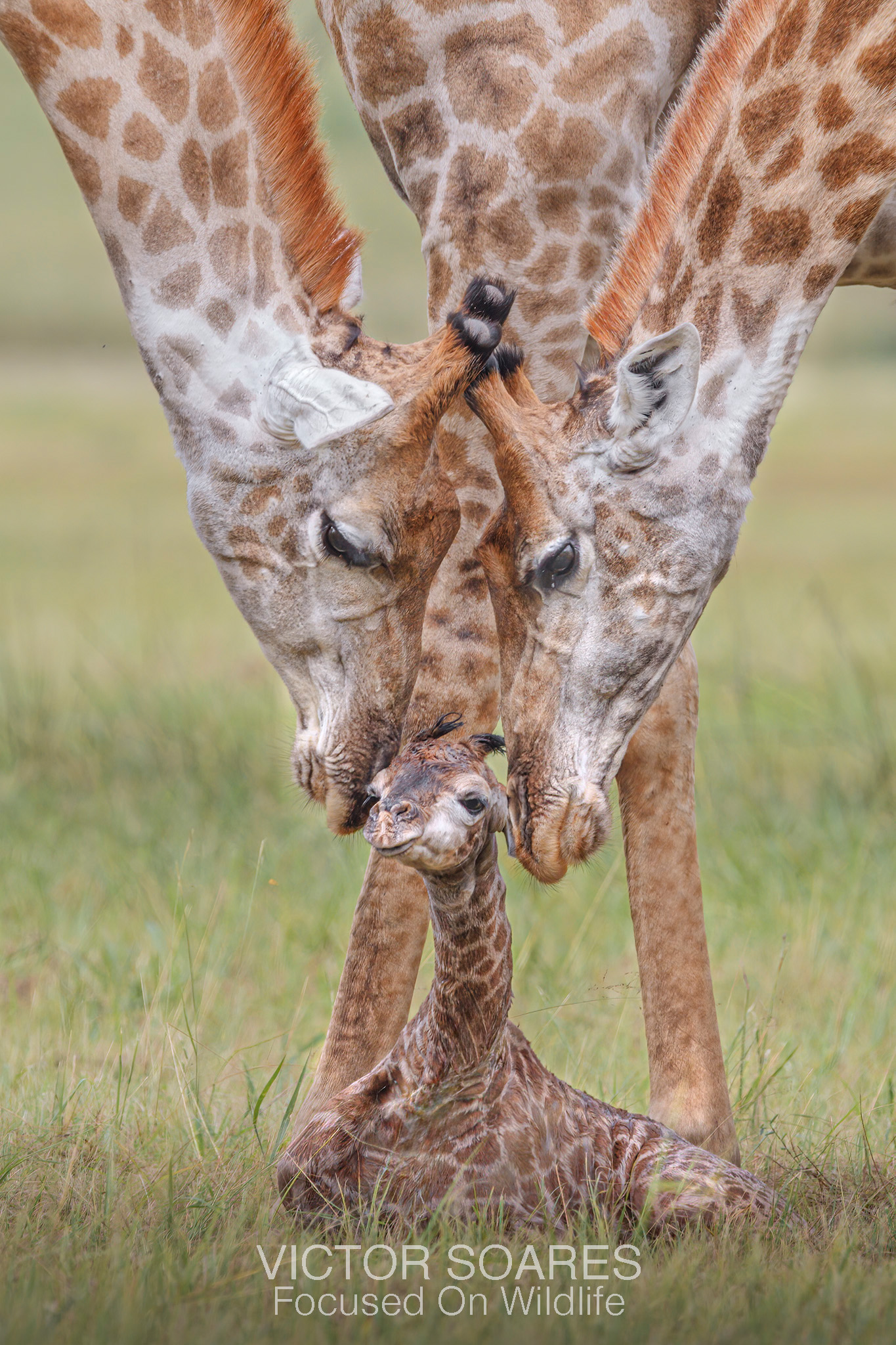
Gear Matters, But Not As Much As Patience
Yes, I take solid gear with me — over time I have upgraded my gear to suit my budget and my requirements. I have fast lenses, a full-frame body, backup batteries and cards, and a trusty beanbag for stabilisation on a vehicle. But I also know that all the gear in the world won’t help if I’m not patient.
Animals don’t appear on cue. The best images I’ve captured happened not because I chased them, but because I waited — quietly, attentively, respectfully. There’s something about sitting for an hour with a pride of lions, watching the subtle shifts in their behaviour, that teaches you more about photography than any manual ever will.
I’ve photographed in all kinds of environments and weather conditions, but nowhere has tested — or taught — my patience like Africa has. Out here, photography becomes a waiting game: anticipating a moment, composing the shot, and then simply being still… ready for the unexpected. Nothing has deepened my understanding of photography more than time spent in the bush — observing, learning, and allowing nature to unfold at its own pace. It’s where I’ve made mistakes, tried again, and grown as both a photographer and a storyteller. There is no better teacher than the wild.
Framing the Story, Not Just the Subject
Anyone can point a lens at a leopard in a tree and take a decent photo. What I strive for — and what I encourage on all my safaris — is to go deeper. Think about what the scene is telling you.
Is this elephant alone, silhouetted against a fading sky? That tells one story. Is it surrounded by calves, dust rising as they march to water? That’s another entirely. Good wildlife photography is about more than sharpness and exposure — it’s about emotion, context, and narrative.
Make the viewer feel like they were there. Like they were standing right next to you… or better yet, let them feel like they were the ones holding the camera.
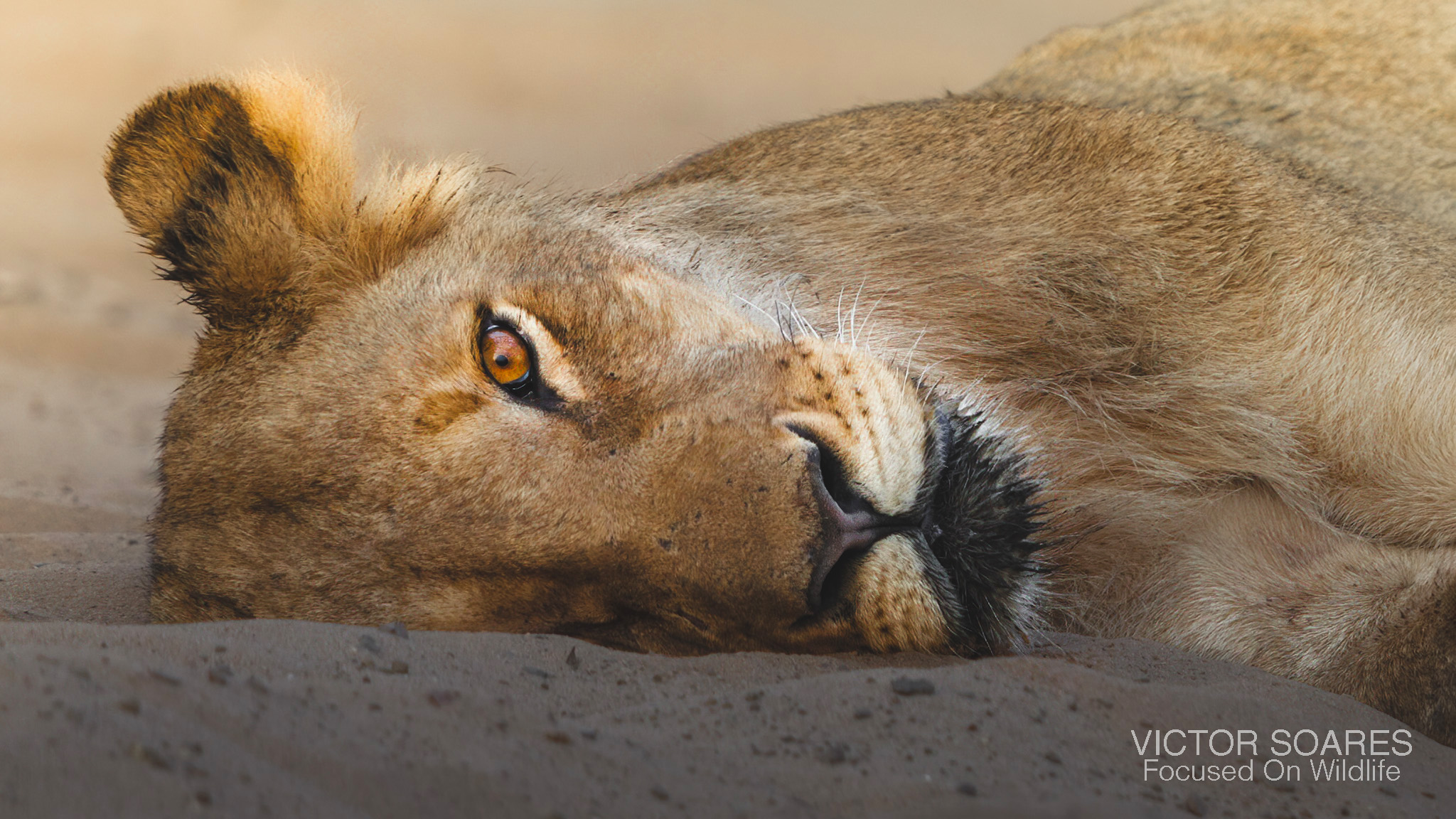
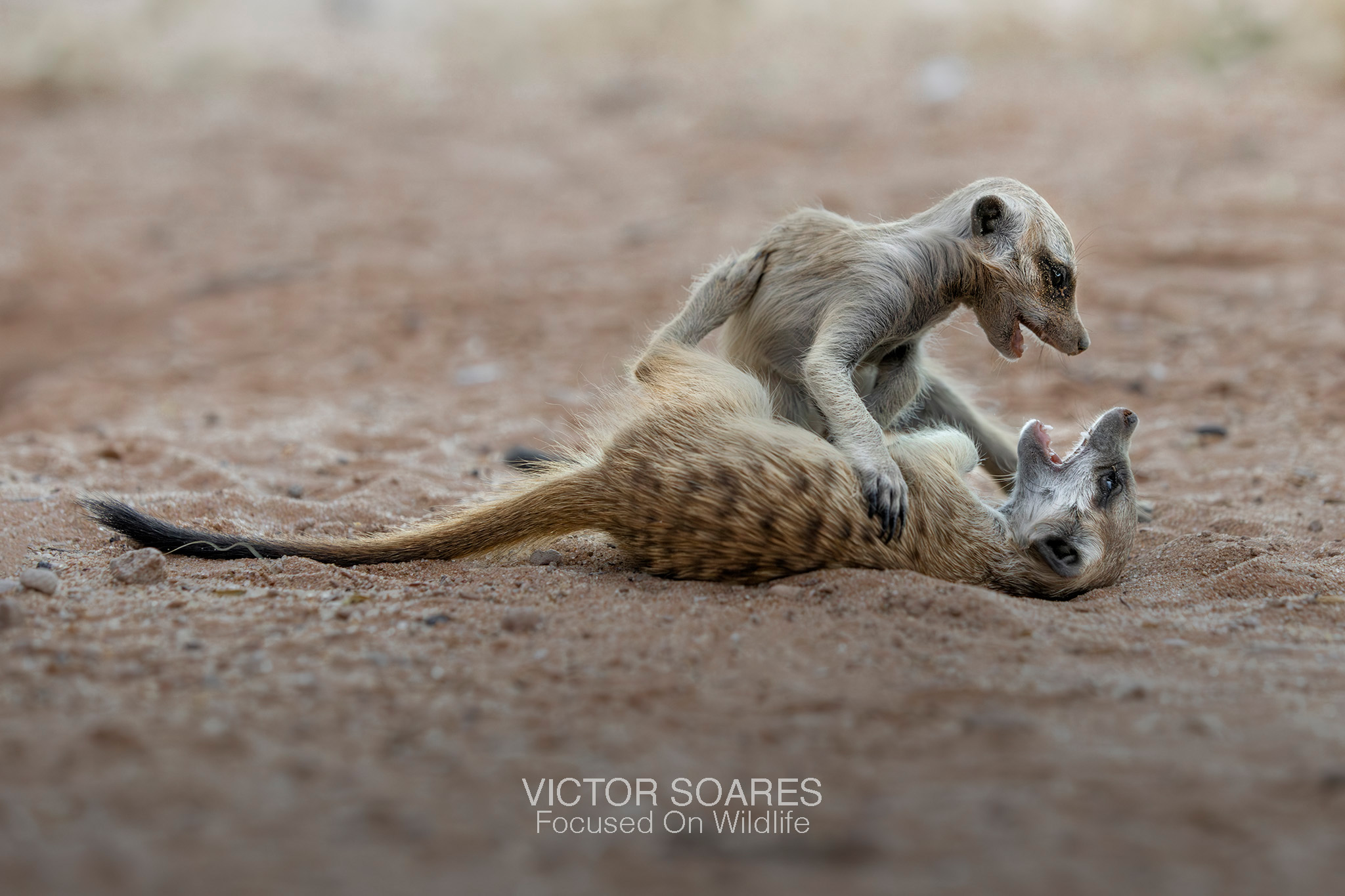
Being a Guest in Their World
One of the great privileges of photographing wildlife in Africa is the opportunity to observe animals in their natural habitat. But that privilege comes with responsibility. We keep our distance, respect the animals’ space, and never interfere. My belief is simple: the best photos come from patience and respect, not intrusion.
Sometimes, that means missing a shot — and that’s okay. It’s better to leave with your ethics intact than to cross a line for the sake of a picture.
The Quiet Moments Are Gold
Some of my favourite images are not the dramatic action shots, but the quiet in-between moments: a giraffe pausing in a sea of grass, a lioness closing her eyes for a brief rest, or a dust-covered elephant at dusk, backlit and glowing. These moments often go unnoticed, but they hold incredible beauty and serenity.
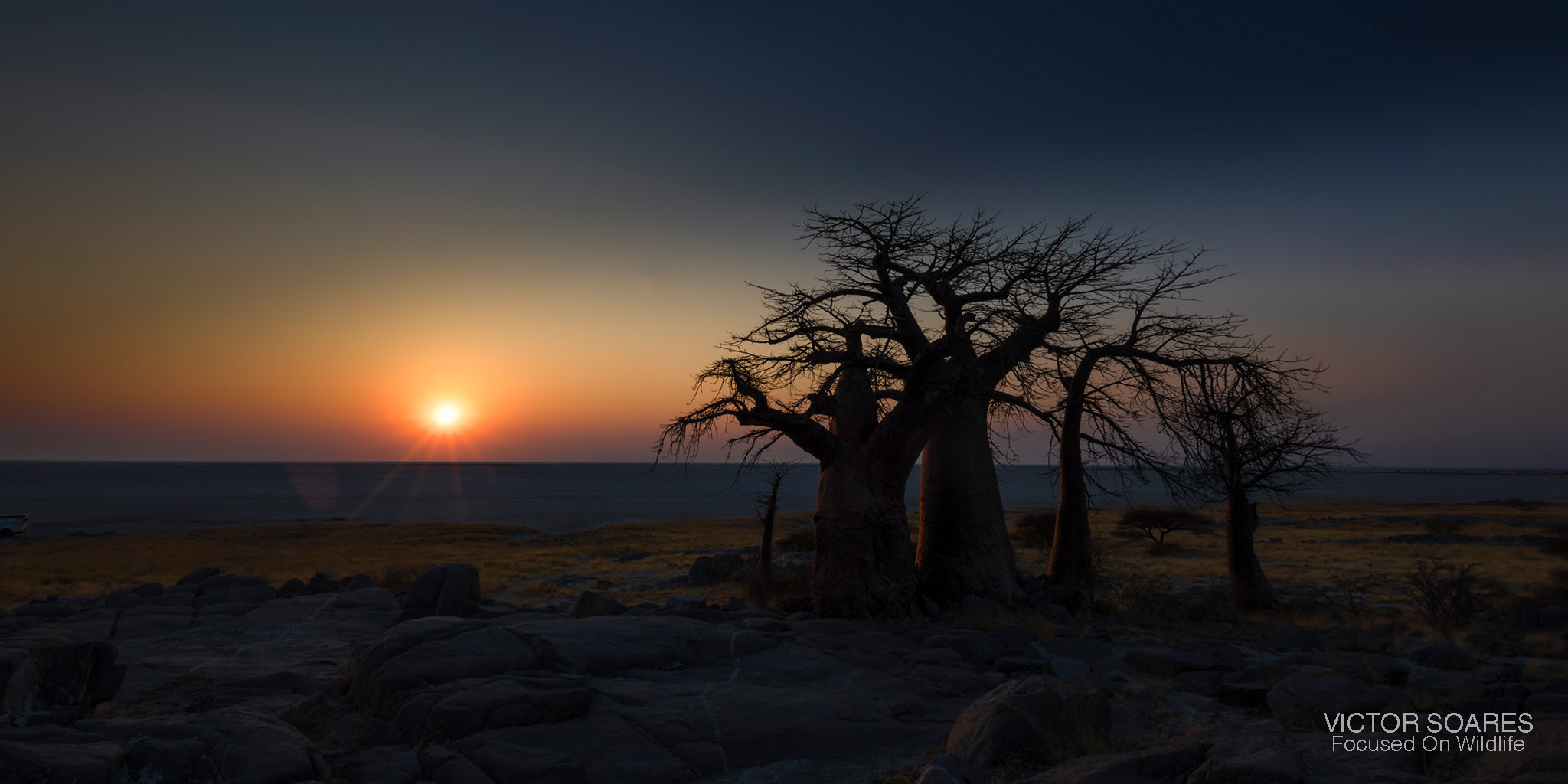
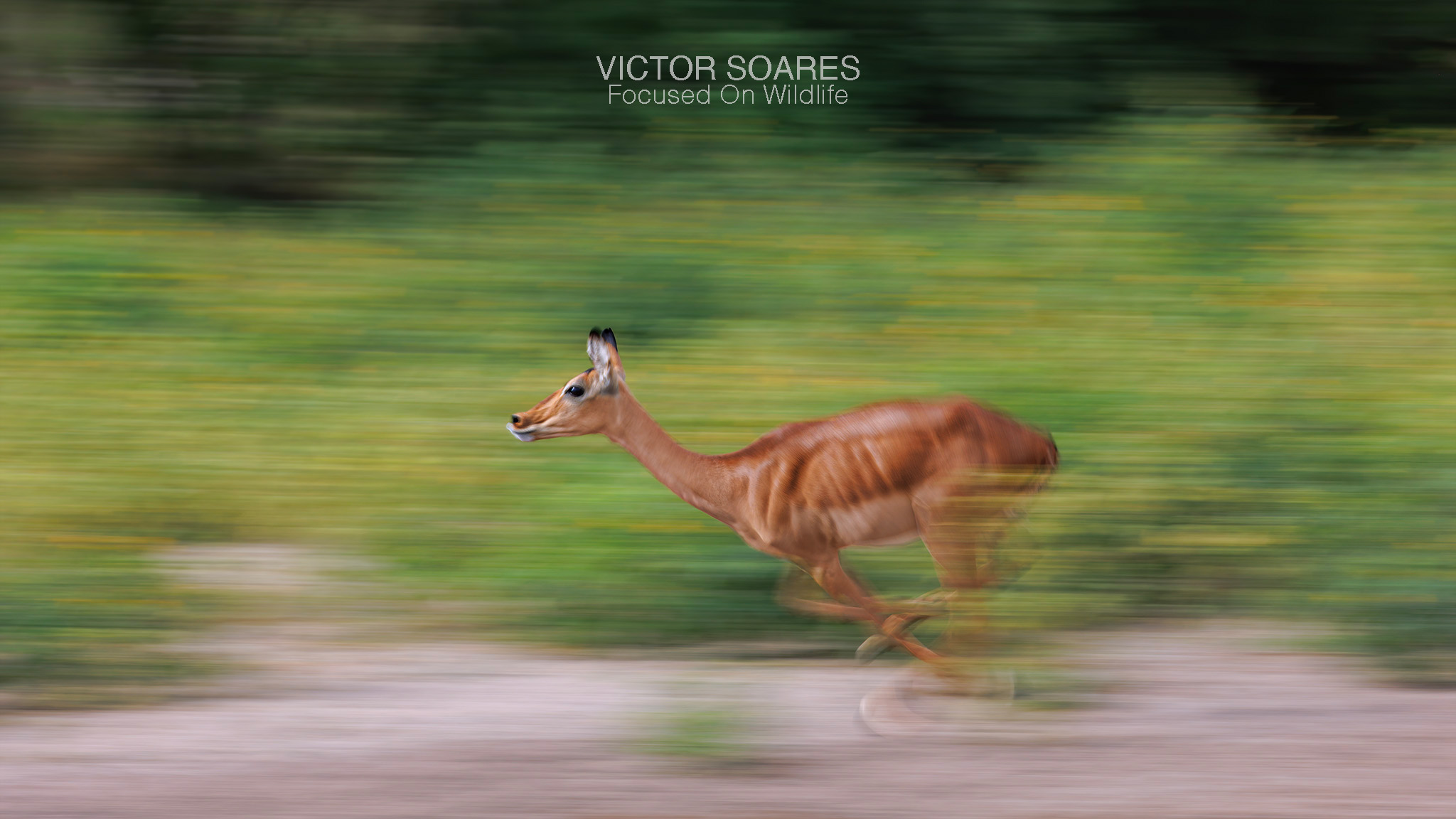
Why I Keep Going Back
People often ask me, “Haven’t you seen it all by now?” And the truth is — no. Every safari is different. The animals, the weather, the light, the people… they all change, every single time. Africa always offers something new, something unexpected. It keeps you learning, keeps you inspired, and — if you let it — keeps you humble.
Final Thoughts
Whether you’re a seasoned photographer or someone just beginning your journey, Africa will push you. It will make you a better photographer — and possibly a better observer of life. It’s not just about the images you take home, but the stories behind them, and the connection you build with the wild.
If you ever get the chance, come and see it through your own lens. Or better yet, join me on one of my photographic safaris — I promise it’ll be unforgettable.
See you in the bush,
Victor Soares

